
As the IMO moves closer to approval of new short-term, GHG reduction measures, the Energy Efficiency Existing Ship Index (EEXI) and the Carbon Intensity Indicator (CII), there are a number of potential implications and key considerations for LNG carrier owners, operators and charterers. Given the tight timeline for enforcement, it is critical for all to understand the requirements and their compliance options for their existing fleets.
As the date of MEPC 76 approaches, where adoption of the EEXI regulations is expected to take place, we have identified three key considerations that could have an impact on LNG carriers:
1. Categorization of LNG carriers under MARPOL Annex VI, Chapter 4
At the early implementation stages of the EEDI Regulations, LNG Carriers were separated into two different ship definitions, “LNG Carrier” or “Gas Carrier.” Vessels with a contract date after September 2015 and a delivery date after September 2019 are considered “LNG Carriers.” Those that fall outside of that timeframe and are equipped with conventional propulsion are defined as “Gas Carriers.” Unless changes are made, existing vessels that are required to meet the newly introduced EEXI requirements will face a discrepancy in the EEXI calculation process and global fleet benchmarking criteria.
2. Compliance challenges for steam turbine LNG carriers with EEXI Regulations
Upon enforcement, EEXI regulations will require steam turbine LNG carriers to comply with a 30% reduction rate applicable to the EEDI reference line of this ship category. To achieve this, a large reduction of shaft power may be needed. Considering the steam turbine plant's design and operation, the need for cargo conditioning during voyages and fleet speed requirements, such as a decrease to the shaft power output, will lower the vessel's in-service efficiency. This lower efficiency could result in longer voyages and potentially underutilization of boil-off gas used for propulsion.
3. Calculations guidelines for EEXI/EEDI for conventional and non-conventional gas-fueled vessels
As the EEXI calculation guidelines are being finalized, a careful evaluation of newly introduced components is under way. It will be critical to understand how reference speed reduction and an LNG carrier's specific gas consumption, based on boil-off gas, will be calculated to determine compliance.
Need help?
Compliance with EEXI requirements will be challenging for many owners, operators and charterers, but understanding your fleet's environmental performance and technology and operational options will be key. ABS can support you by carrying out EEXI benchmarking and providing improvement options for your vessels to help keep your fleet compliant and competitive.
The opinions expressed herein are the author's and not necessarily those of The Xinde Marine News.
Please Contact Us at:
media@xindemarine.com


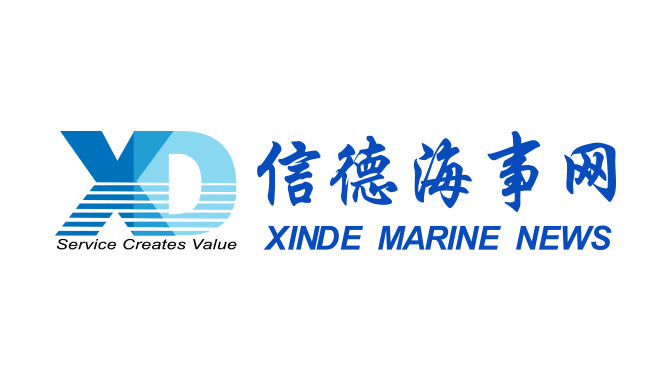 WOODSIDE AND CHINA RESOURCES AGREE LONG-TERM LNG SU
WOODSIDE AND CHINA RESOURCES AGREE LONG-TERM LNG SU 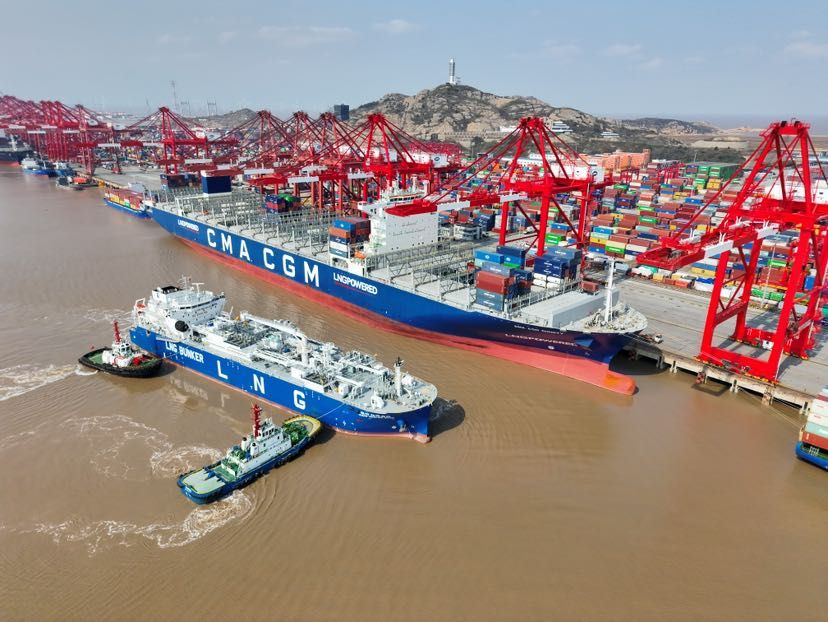 Shanghai Yangshan Port Bunkered Two LNG Powered Con
Shanghai Yangshan Port Bunkered Two LNG Powered Con 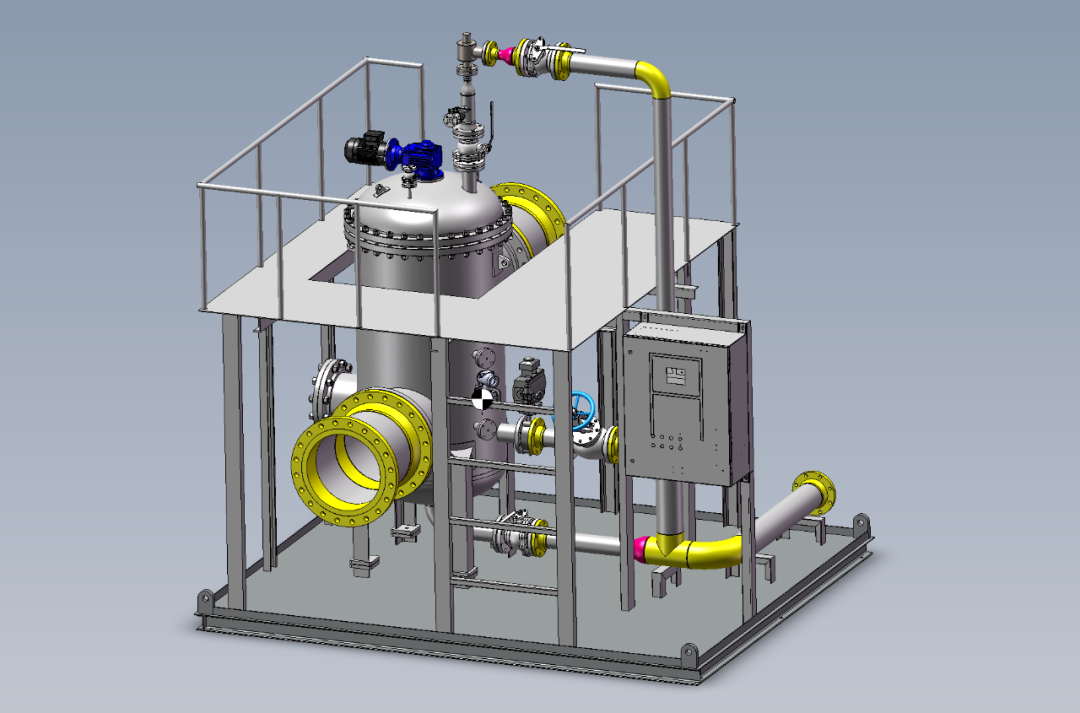 Headway successfully delivers filtration skid solut
Headway successfully delivers filtration skid solut  Celebrating the Launch of “Green Energy Pearl” –
Celebrating the Launch of “Green Energy Pearl” – 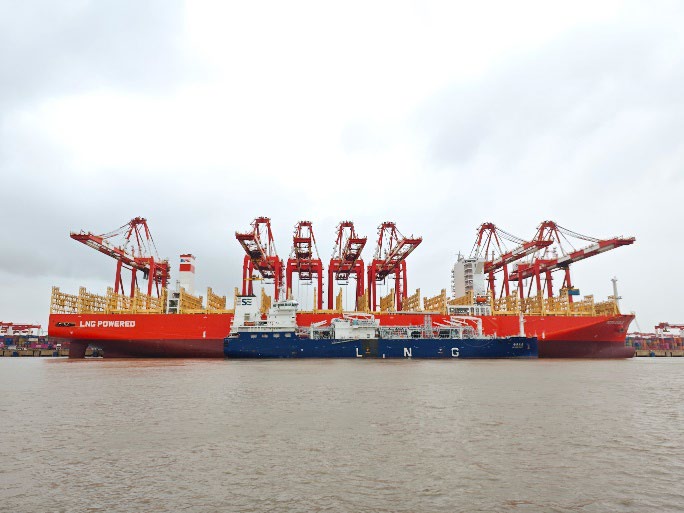 PIL and SSES complete the inaugural LNG bunkering o
PIL and SSES complete the inaugural LNG bunkering o 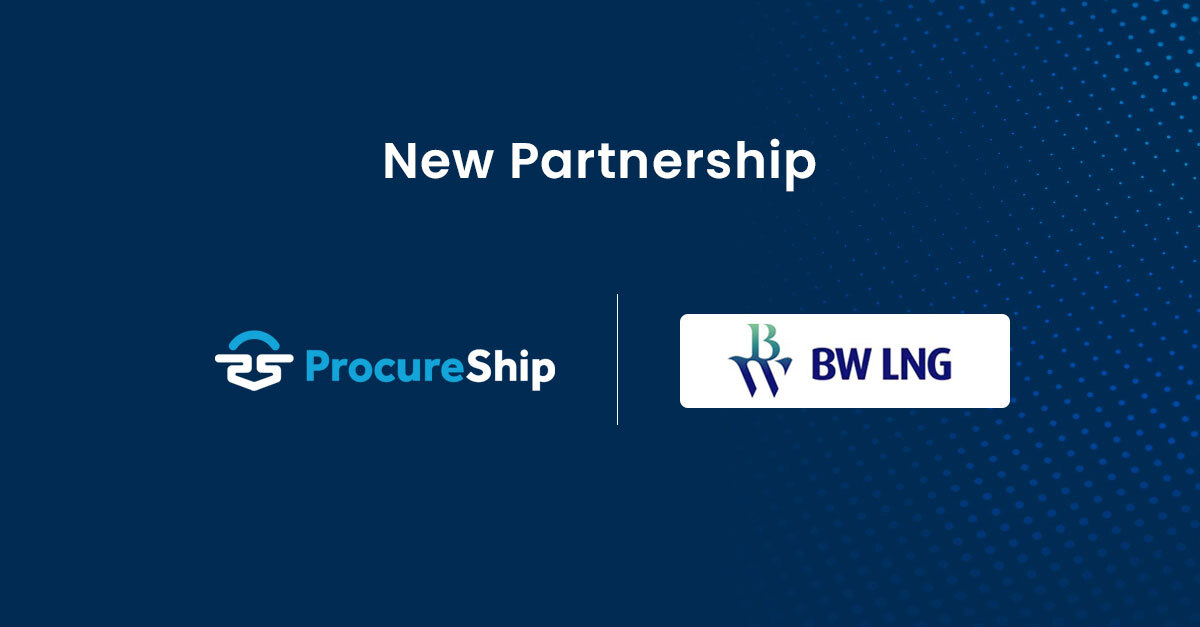 BW LNG secures e-procurement deal with Procureship
BW LNG secures e-procurement deal with Procureship